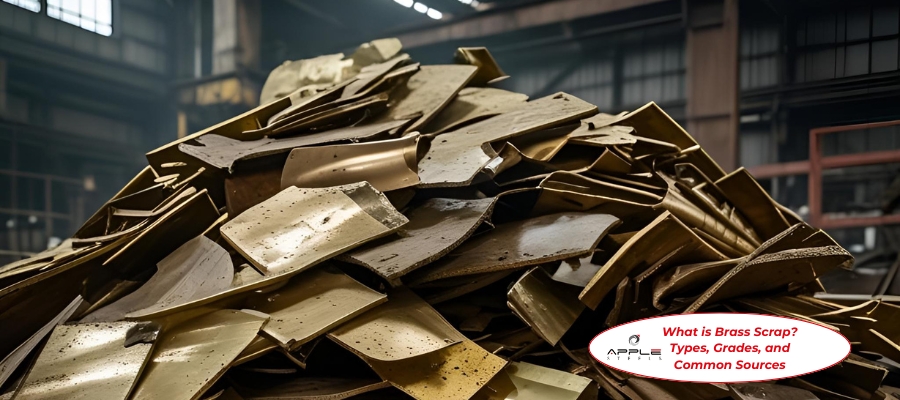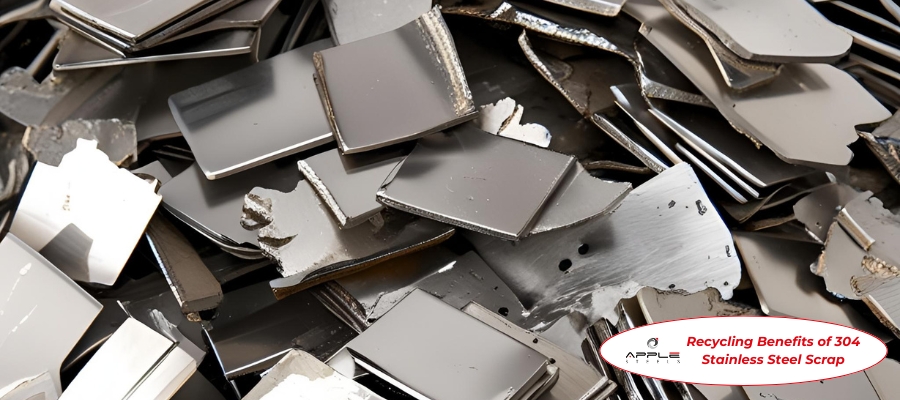Hastelloy is a family of corrosion-resistant metal alloys primarily made up of nickel, with various compositions depending on the type. It is known for its excellent performance in extreme environments, making it highly sought after in industries like chemical processing, aerospace, and power generation. When it comes to Hastelloy bars, their dimensions play a critical role in ensuring the correct fit and performance in these industries. Understanding Hastelloy bar dimensions is essential for selecting the right material for your project.
What Are Hastelloy Bars?
Hastelloy bars are solid metal bars made from Hastelloy alloys, known for their resistance to high temperatures and corrosive environments. These bars are often used in applications that involve exposure to extreme environments, including heat exchangers, reactors, and turbines. The primary benefit of Hastelloy is its ability to withstand oxidation, sulfuric acid, chlorides, and other corrosive elements that would typically degrade other metals.
Common Hastelloy Bar Dimensions
Hastelloy bars come in various sizes, but their dimensions are typically standardized for different uses. Here’s a breakdown of the most common Hastelloy bar dimensions:
- Diameter: The most common sizes range from 0.5 inches (12.7 mm) to 6 inches (152.4 mm), with some larger bars available up to 12 inches (304.8 mm) in diameter.
- Length: Typically, Hastelloy bars are available in random lengths of 10 feet (3 meters), 12 feet (3.65 meters), or custom lengths depending on customer requirements.
- Thickness: For applications like Hastelloy round bars, the thickness generally ranges from 0.25 inches (6.35 mm) to 3 inches (76.2 mm).
Different Types of Hastelloy Bars and Their Dimensions
- Hastelloy C 276 Bar:
- This is one of the most popular grades of Hastelloy for bar stock due to its excellent resistance to a wide variety of chemicals.
- Common dimensions for Hastelloy C 276 bars include 1/2 inch to 4 inches in diameter, with length options typically between 3 feet and 12 feet.
- Hastelloy C 22 Bar:
- Known for its superior resistance to pitting and crevice corrosion, this grade is often used in the aerospace and chemical industries.
- Available in similar dimensions to C-276, ranging from 3/8 inches to 4 inches in diameter.
- Hastelloy B 2 Bar:
- This grade is favored for applications involving hydrochloric acid and other reducing environments.
- The common dimensions for Hastelloy B 2 bars include sizes ranging from 1/2 inch to 3 inches in diameter.
How to Choose the Right Hastelloy Bar for Your Project
When selecting a Hastelloy bar, consider the following factors:
- Corrosion Resistance: Choose the right grade of Hastelloy for your environment. For highly corrosive settings, Hastelloy C-276 or C-22 bars are ideal.
- Size and Dimension: Ensure the bar diameter and length fit your project requirements. Standard sizes are usually adequate, but custom orders can be made to fit unique needs.
- Mechanical Properties: Look for the required mechanical properties like tensile strength, yield strength, and ductility. Hastelloy bars typically offer high strength even in extreme conditions.
Benefits of Hastelloy Bars
- Corrosion Resistance: One of the top reasons industries choose Hastelloy bars is their superior ability to resist corrosion. They perform well in sulfuric acid, phosphoric acid, and chloride environments.
- High Temperature Resistance: Hastelloy bars can withstand extreme temperatures, which makes them suitable for high-heat applications such as reactors and gas turbines.
- Long-Term Durability: Thanks to their ability to maintain strength at elevated temperatures and in corrosive environments, Hastelloy bars offer long-lasting durability.
Applications of Hastelloy Bars
Hastelloy bars are used in a variety of industries, including:
- Chemical Processing: Due to their high resistance to acids and chemicals, Hastelloy bars are used in the manufacturing of equipment like heat exchangers, reactors, and piping systems.
- Aerospace: The aerospace industry uses Hastelloy for high-performance parts that require temperature resistance and corrosion resistance.
- Marine Engineering: Given their resistance to saltwater corrosion, Hastelloy bars are ideal for marine applications like offshore rigs and seawater cooling systems.
- Power Generation: Hastelloy bars are commonly used in turbine blades, boilers, and other components that must endure high temperatures and corrosive materials.
Hastelloy Bar Dimensions: Real-World Use Cases
- Hastelloy C-276 Bars: Used extensively in the chemical processing industry, these bars withstand extreme chemical corrosion and are used in the construction of reactors, pipes, and valves.
- Hastelloy C-22 Bars: Often found in aerospace and marine applications where both corrosion resistance and high strength are required.
- Hastelloy B-2 Bars: Used in pharmaceutical production, particularly where hydrochloric acid is involved in the process.
Common Mistakes When Choosing Hastelloy Bars
- Incorrect Size Selection: Selecting bars that are too large or too small for your application can result in inefficient performance and increased costs.
- Underestimating Environmental Conditions: Ensure the Hastelloy grade you choose is suitable for the chemicals, temperatures, and stress it will encounter.
- Overlooking Mechanical Properties: Not all Hastelloy bars have the same mechanical properties, so it’s important to understand your project’s specific requirements.
Conclusion: Choosing the Right Hastelloy Bar for Your Needs
Understanding Hastelloy bar dimensions and selecting the correct material for your application is critical to ensuring the durability, performance, and cost-effectiveness of your project. Whether you’re in the chemical, aerospace, or marine industry, Hastelloy bars provide a high level of corrosion resistance, strength, and temperature endurance. Make sure to evaluate the material, size, and mechanical properties required for your specific needs.




